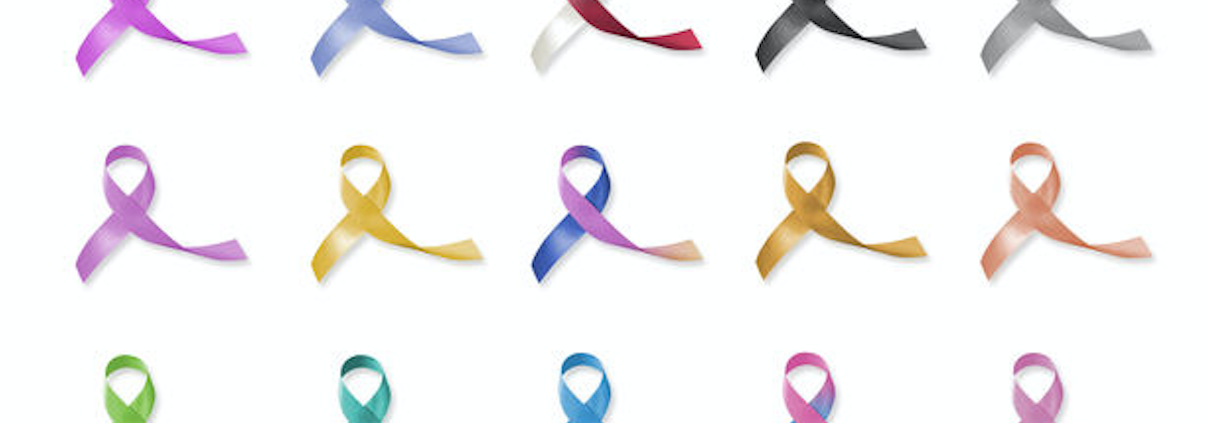29 December 2020
Anxiety related to the possibility of cancer recurrence is common among those who have been treated for cancer. However, less common is the awareness that an entirely different cancer may develop, known as a second primary cancer (SPC). Reasons for second primary cancer include general risk factors such as aging (a risk factor for many cancers), lifestyle factors that may have contributed to the initial cancer such as smoking, alcohol intake and obesity, and genetic factors including known deleterious genetic variants (such as BRCA 1 or 2) or links between cancers even in the absence of a known mutation (breast cancer survivors are at increased risk for colon cancer).
In a study recently published in the Journal of the American Medical Association*, researchers used the SEER database and evaluated data from patients diagnosed with cancer between 1992 – 2011. They evaluated those who survived at least 5 years from their initial diagnosis. Among 1.54 million, the most common first primary cancers (FPC) were breast in women and prostate in men. For the entire cohort, approximately 10% developed a SPC. The risk of developing and dying from a SPC was greater than expected compared with the general population for 18 and 27 of the 30 FPC respectively among men and 21 and 28 of the 31 FPC among women.
Second primary cancer likelihood depended on type of primary cancer. However, as this was a retrospective database review, the researchers were not able to take into account initial treatment such as radiation or chemotherapy, that could influence the development of a new cancer. They found that cancers associated with smoking or obesity accounted for “substantial portions” of SPC incidence and deaths. These cancers included lung, bladder, oral / throat, colorectal, pancreatic, uterine (endometrial) and liver cancers.
In an accompanying editorial*, Ganz and Casillas noted that primary care providers and patients need to be aware of the possibility of second primary cancers. Relevant screenings should be ordered, and they noted that patients who had received both chemotherapy and radiation are well known to be at elevated risk for SPC. They also stressed that special attention should be paid to survivors of young adult cancers, and physicians need to be aware of their prior treatments and whether those treatments may convey an increased risk for SPC (such as radiation for Hodgkin’s lymphoma increasing subsequent breast cancer risk.
Ganz and Casillas commented that continued attention needs to be paid to the lifestyle factors that can influence cancer development including alcohol, tobacco and obesity. They noted that many FPC and SPC related to tobacco are due to prior exposures, but there remain opportunities to reduce continued and future use, which could impact SPC risk especially among young adult cancer survivors.
Perez et al, in a separate editorial*, proposed a more comprehensive approach to address tobacco use and obesity including better and more widespread access to education, addiction management and obesity treatment programs. They also stressed that as some cancer treatments are carcinogenic, it is important to avoid imaging tests and some types of cancer treatments when not necessary or when less toxic alternatives exist. They concluded by stating that “A combination of less carcinogenic oncologic therapies and healthier lifestyles may help us protect future cancer survivors from facing cancer yet again.”
*If you are not able to access the full study and editorials and would like a copy, please email me: contact at drattai dot com













